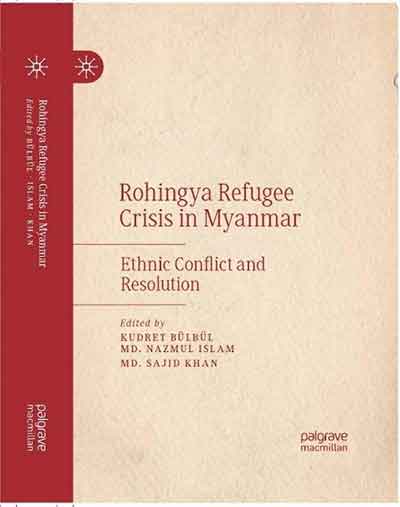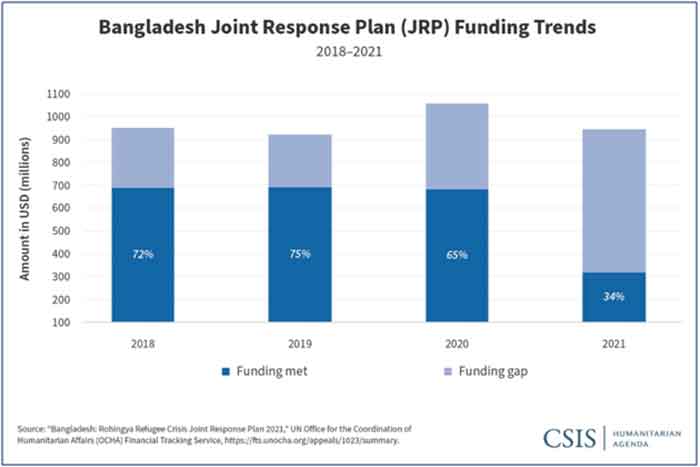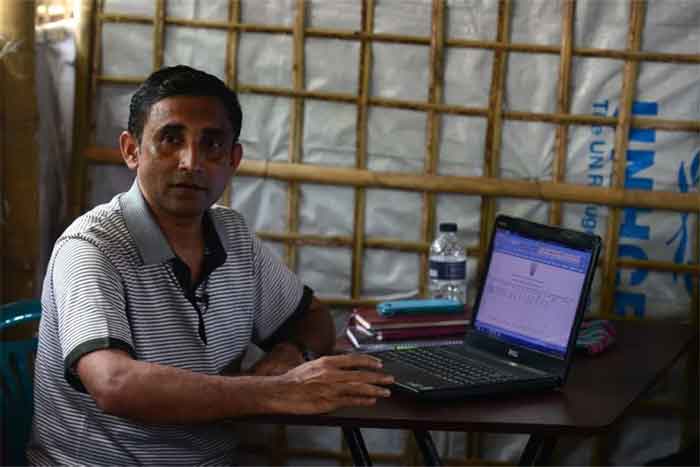
An estimated 730,000 Rohingyas had crossed into Cox’s Bazar in Bangladesh three years ago in order to flee the persecution in Myanmar’s Rakhine State. Although the Rohingyas, who are currently residing in Bangladeshi camps as refugees, wish to return to their homes in Rakhine State, very little has been done to create a safe environment for their return.
The challenges facing the Rohingya people, described by the United Nations as “the most persecuted minority in the world, have unfortunately continued following their arrival in Bangladesh.
How it all began
Before their mass exodus to Bangladesh in 2017, the Rohingya people were the largest Muslim group in Myanmar. The majority of them used to reside in Myanmar’s Rakhine State. According to various estimates, they numbered around one million.
Myanmar government for a long period of time has regarded the Rohingyas as ‘stateless’ people within Myanmar. They have, therefore, been denied citizenship.
Even before the 2017 mass exodus, the Rohingya people, who were described by the United Nations as “the most persecuted minority in the world”, had been forced to leave Myanmar in a number of ethnic cleansing efforts by the Myanmar army and the extremist Buddhist groups.
However, Myanmar military’s and Buddhists extremist groups’ efforts to drive the Rohingyas out of Myanmar reached the height in the later half 2017. In August of the same year, the military and militias attacked the Rohingya villages in Rakhine State. They burnt homes, tortured and killed many Rohingya civilians.
Compelled by the circumstances, hundreds of thousands of Rohingya started to flee their villages. They began their make the journey to Bangladesh, believing that a foreign land would be safer than their homes in Myanmar.
At present, more than a million Rohingya refugees are living in the camps situated in Cox’s Bazaar (Bangladesh), with an estimated average population of 100,000 people per square mile.
Among the refugees living in the camps, almost 50 per cent are children and there are more women than men. They have been living in the makeshift shelters made of bamboo and plastic sheets. Understandably, any structures made of such materials are likely to be intolerably hot in the summer, exposed to the winds and rains during the monsoon season, and extremely cold in the winter.
The Rohingyas are bound to work secretly outside the camps, as they are not allowed to work and cannot leave the camps without the permission.
What’s next?
Many attempts were made by the Bangladeshi government and civil society as well as international community so that the Rohingyas living in Bangladesh could safely return to their home country. However, these repatriation efforts failed continuously, as Myanmar repeatedly failed to create a safe and secured environment for the Rohingyas in their side of the border.
Many experts strongly believe that Myanmar’s military-controlled-government have so far made all the efforts to discourage the Rohingyas to go ahead for a voluntary repatriation. Hence, the attempts to begin a safe and dignified repatriation process have failed as refugees refuse to go back, fearing more violence.
In 2019, many local, national and international non-government organizations called for human rights for all to be recognised in Rakhine State. They also emphasized that the Rohingya refugees should have a role in deciding the conditions for their return to Myanmar. However, there is no end in sight for this crisis and a peaceful solution is unlikely to arrive anytime soon.
Beenish Ashraf is a member of the Global Affairs Writers’ Association. She is the author of a number of articles about human rights, humanitarian crisis, cultural hegemony, digital media and information war.
SIGN UP FOR COUNTERCURRENTS DAILY NEWSLETTER
















































